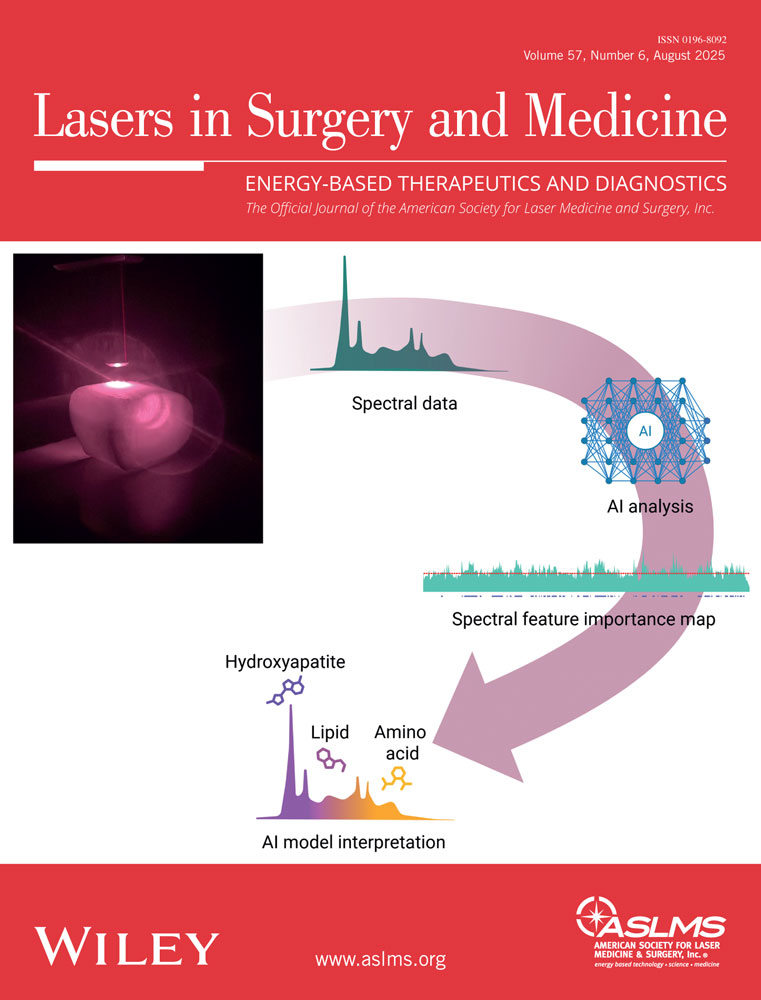Novel solid protein solder designs for laser-assisted tissue repair
Abstract
Background and Objectives
Previous studies have shown that the application of chromophore-enhanced albumin protein solders to augment laser tissue repairs significantly improves repair strength, enhances edge co-optation, and reduces thermal tissue injury. These investigations are furthered with this in vitro study conducted to assess a new range of specially designed chromophore-enhanced solid protein solders manufactured and tested for application during laser-assisted tissue repair.
Study Design/Materials and Methods
The experimental study was divided into three parts. In the first part of the study, the creation of a chromophore concentration gradient across the thickness of the solid protein solder was investigated as a means to improve control of the heat source gradient through the solder during laser irradiation. In the second part of the study, predenaturation of the solid protein solder was investigated as a means for enhancing the stability of the solder in physiological fluids before irradiation. Finally, in the third part of the study, the feasibility of using synthetic polymers as a scaffold for traditional albumin protein solder mixes was investigated as a means of improving the flexibility of the solder.
Results
Uniform denaturation across the thickness of the solder was achieved by controlling the chromophore concentration gradient, thus ensuring stable solder-tissue fusion when the specimen was submerged in a hydrated environment. Predenaturation of the solid protein solder significantly reduced the solubility of the solder, and consequently, improved the handling characteristics of the solder. The solder-doped polymer membranes were flexible enough to be wrapped around tissue, whereas their solid nature avoided problems associated with “runaway” of the less viscous liquid solders currently used by researchers. In addition, the solder-doped polymer membranes could be easily tailored to a wide range of geometries suitable to many clinical applications.
Conclusion
The novel solid protein solder designs presented here add a new dimension to tissue repair as their flexible, moldable, and absorption controllable nature, greatly improves the clinical applicability of laser-assisted tissue repair. Lasers Surg. Med. 27:147–157, 2000. © 2000 Wiley-Liss, Inc.




